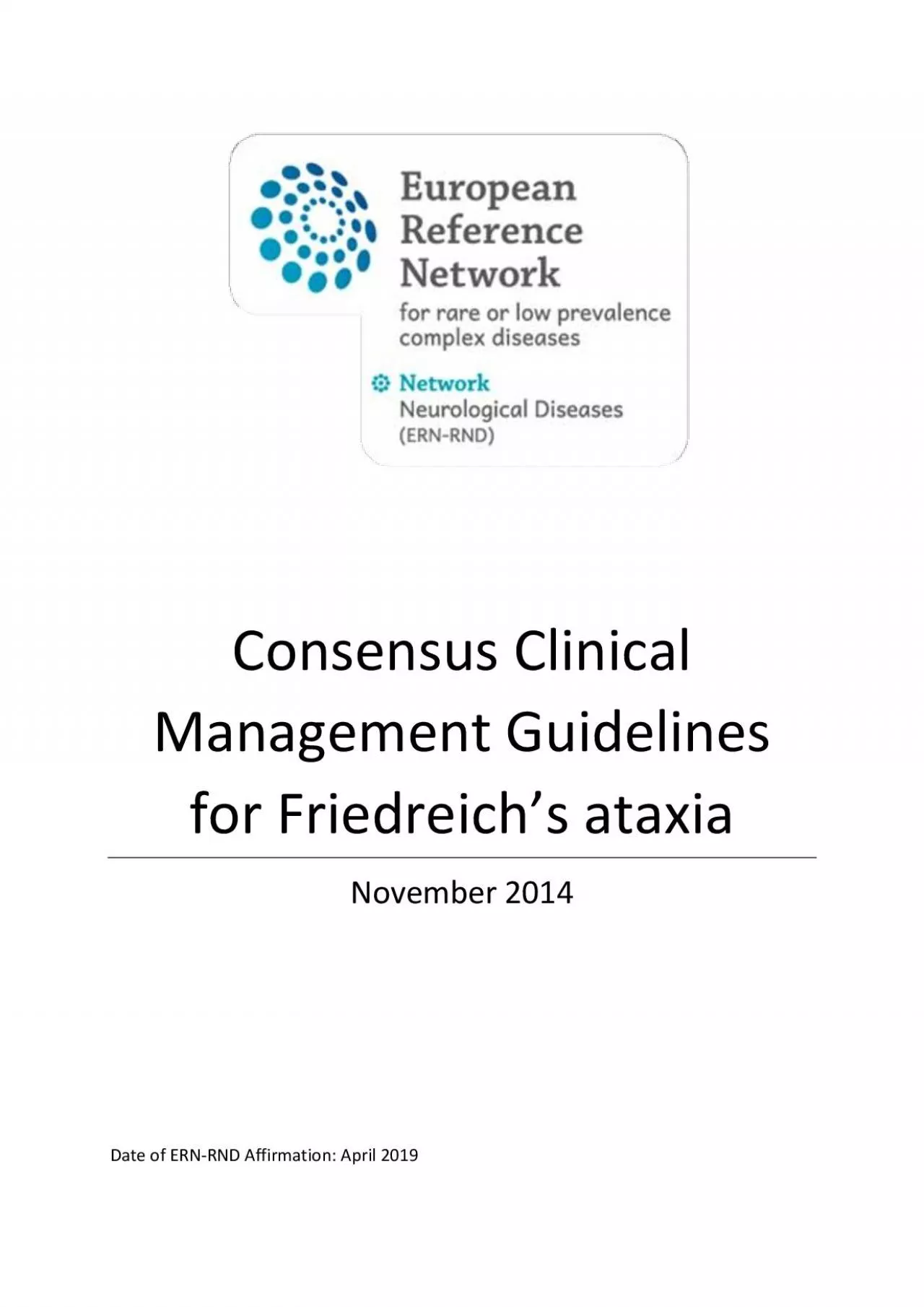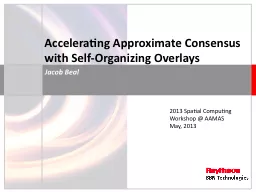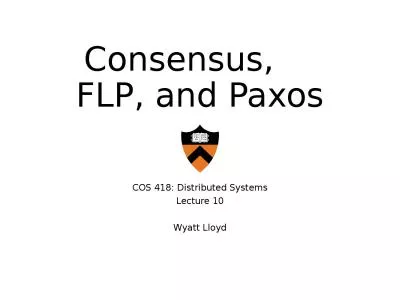PDF-Consensus Clinical
Author : skylar | Published Date : 2022-09-23
Management Guidelines for Friedreichs ataxia November 2014 Date of ERN RND Affirmation April 2019 This document was supported by and done in the framework of the
Presentation Embed Code
Download Presentation
Download Presentation The PPT/PDF document "Consensus Clinical" is the property of its rightful owner. Permission is granted to download and print the materials on this website for personal, non-commercial use only, and to display it on your personal computer provided you do not modify the materials and that you retain all copyright notices contained in the materials. By downloading content from our website, you accept the terms of this agreement.
Consensus Clinical: Transcript
Download Rules Of Document
"Consensus Clinical"The content belongs to its owner. You may download and print it for personal use, without modification, and keep all copyright notices. By downloading, you agree to these terms.
Related Documents














